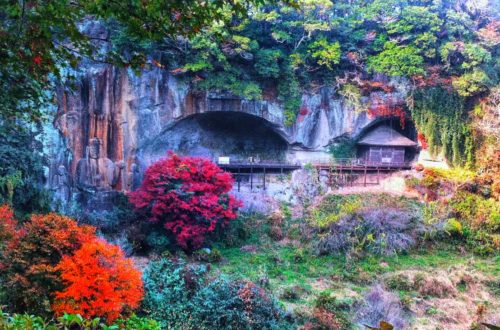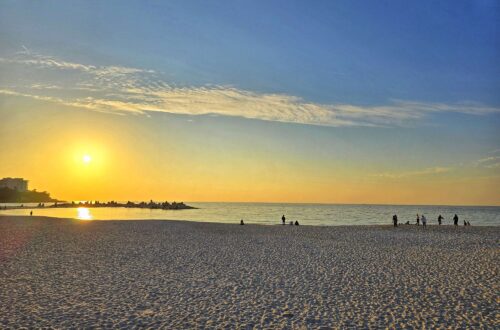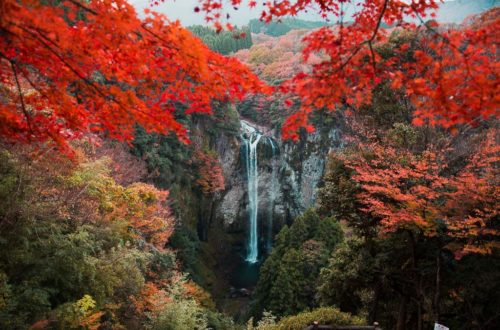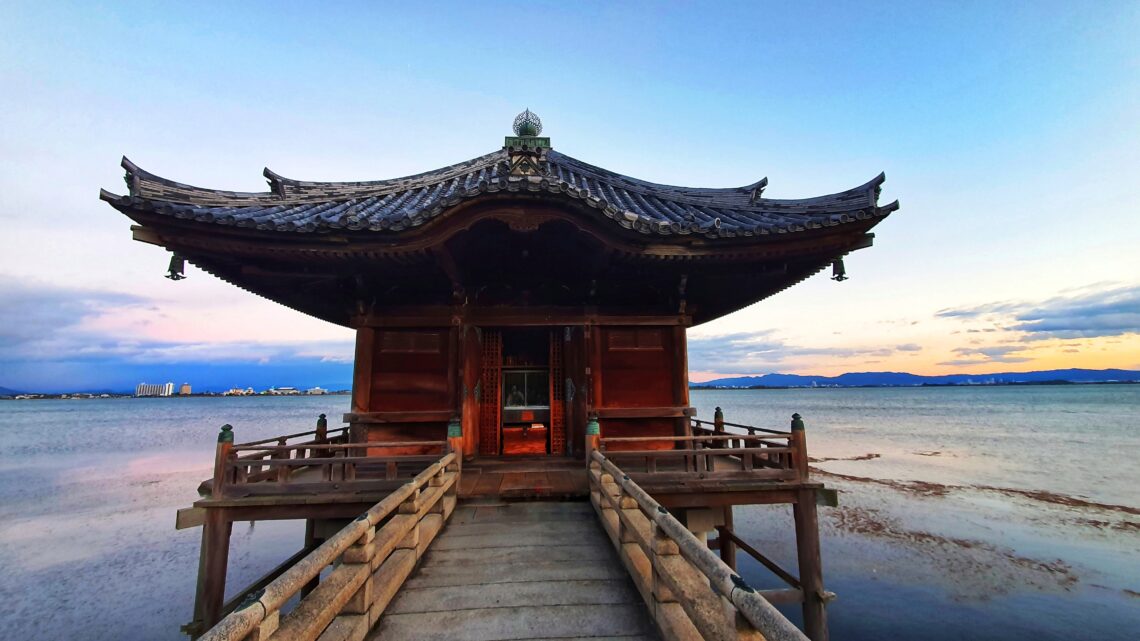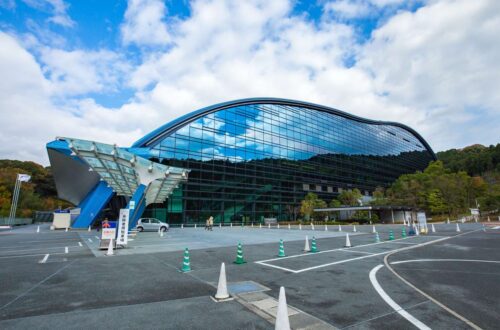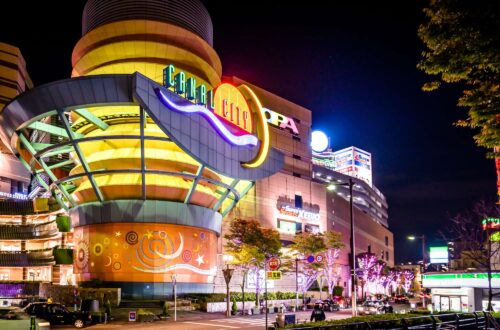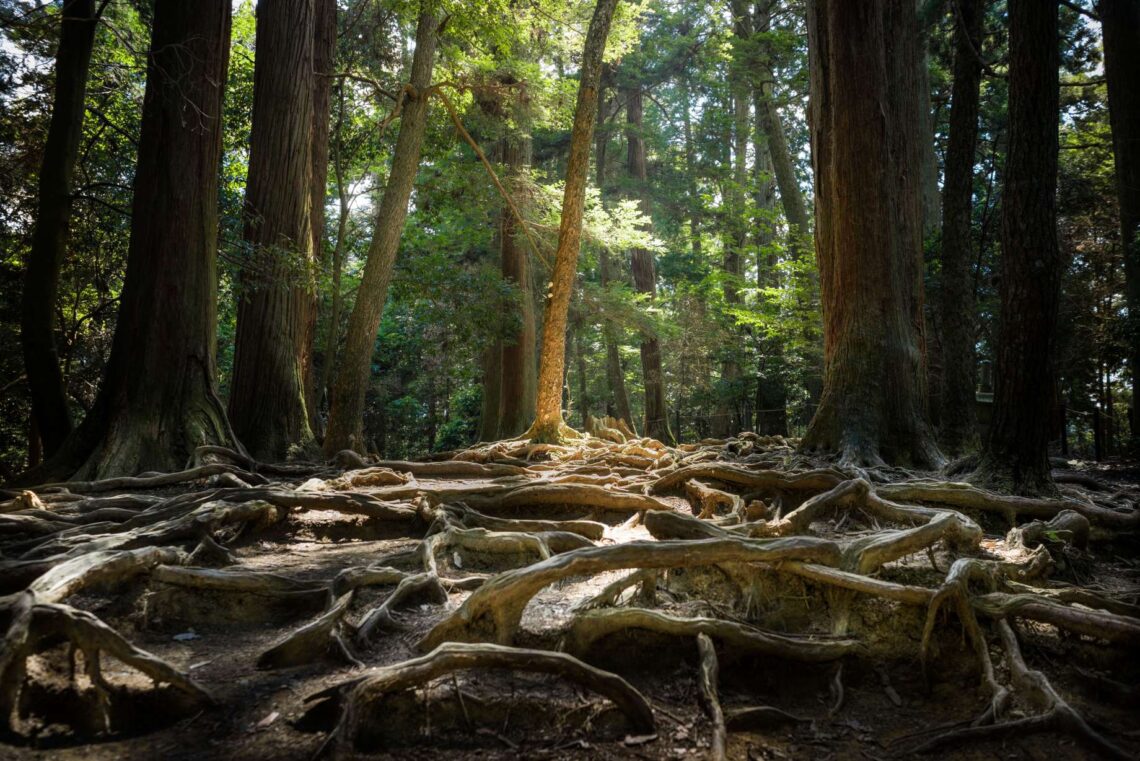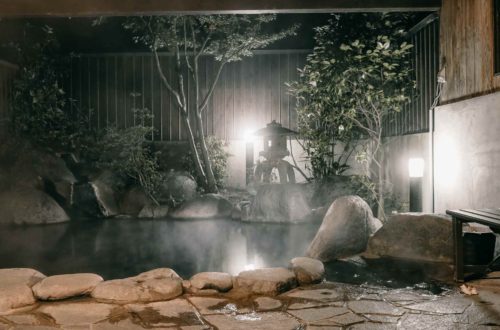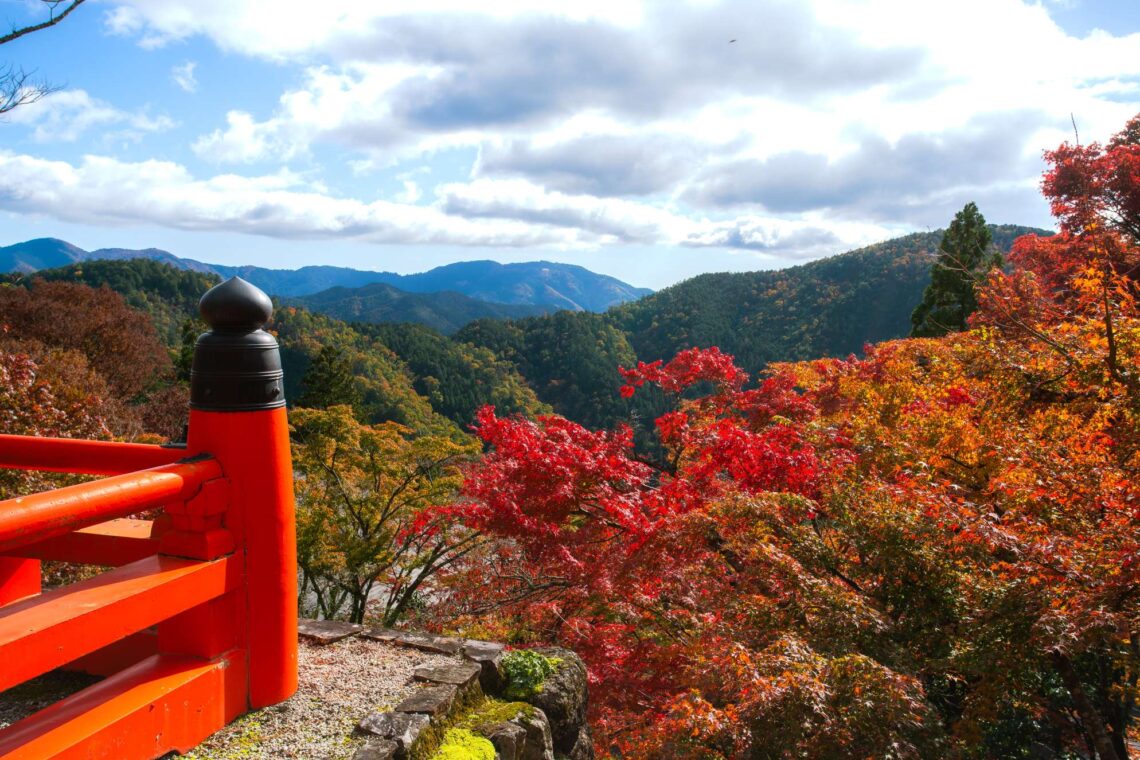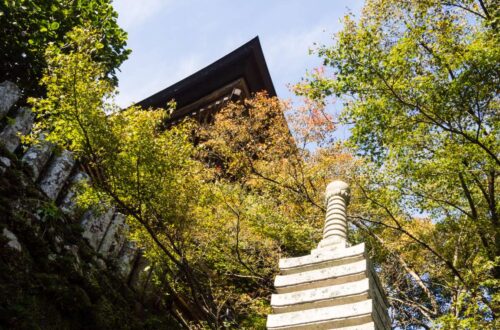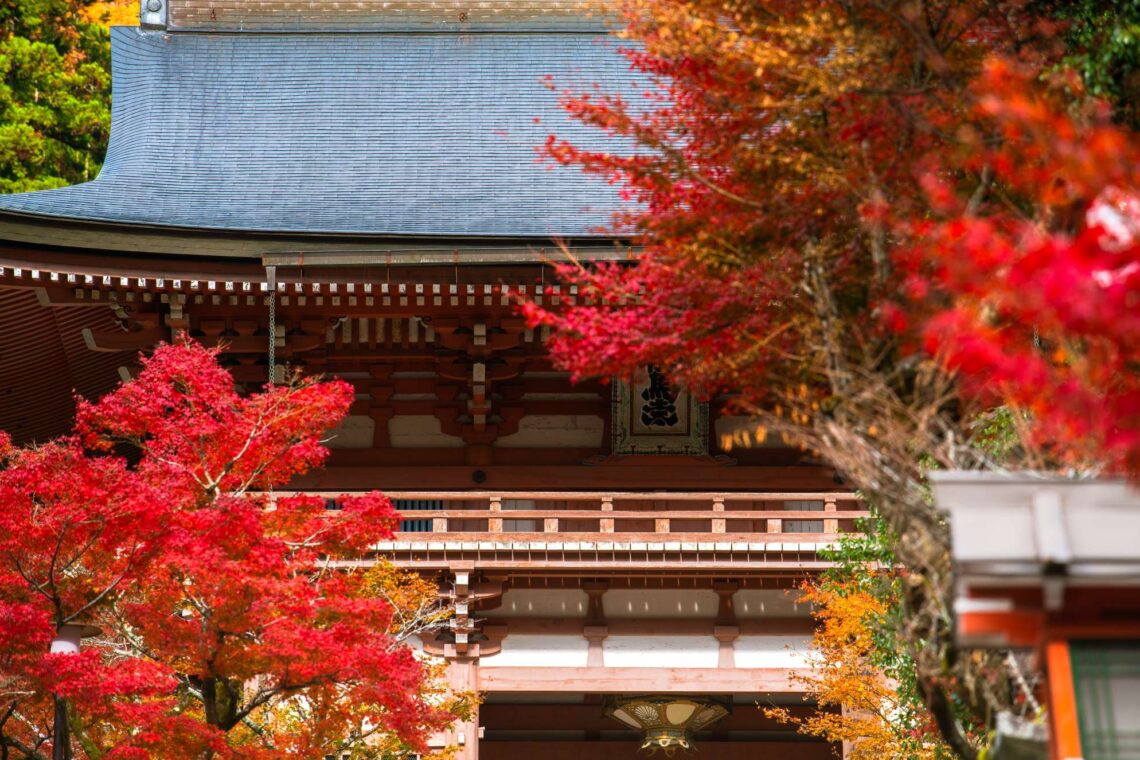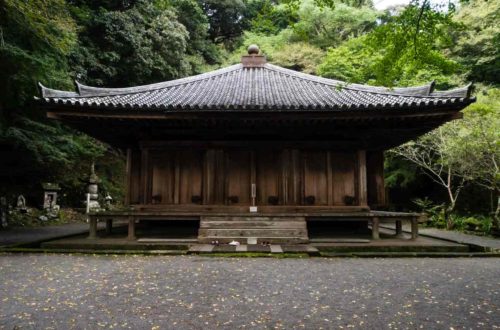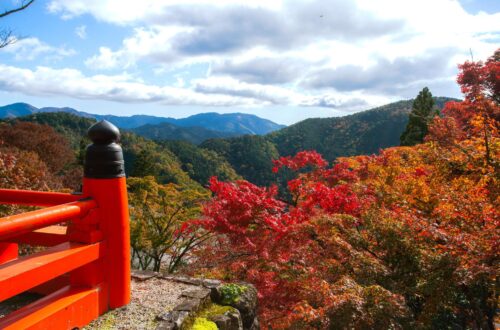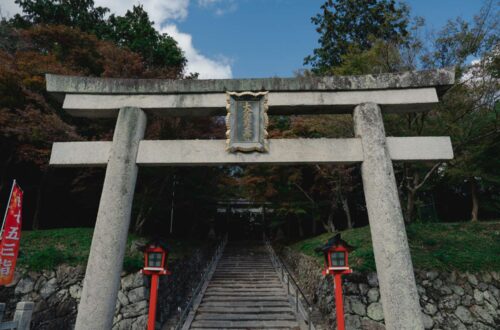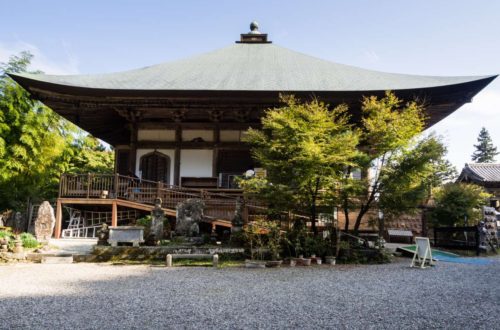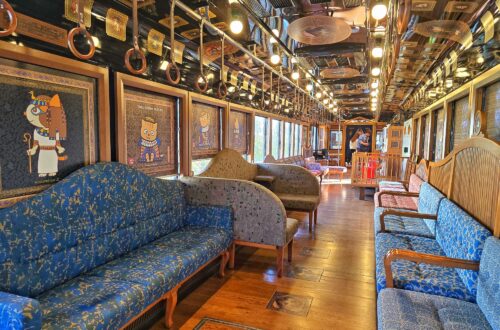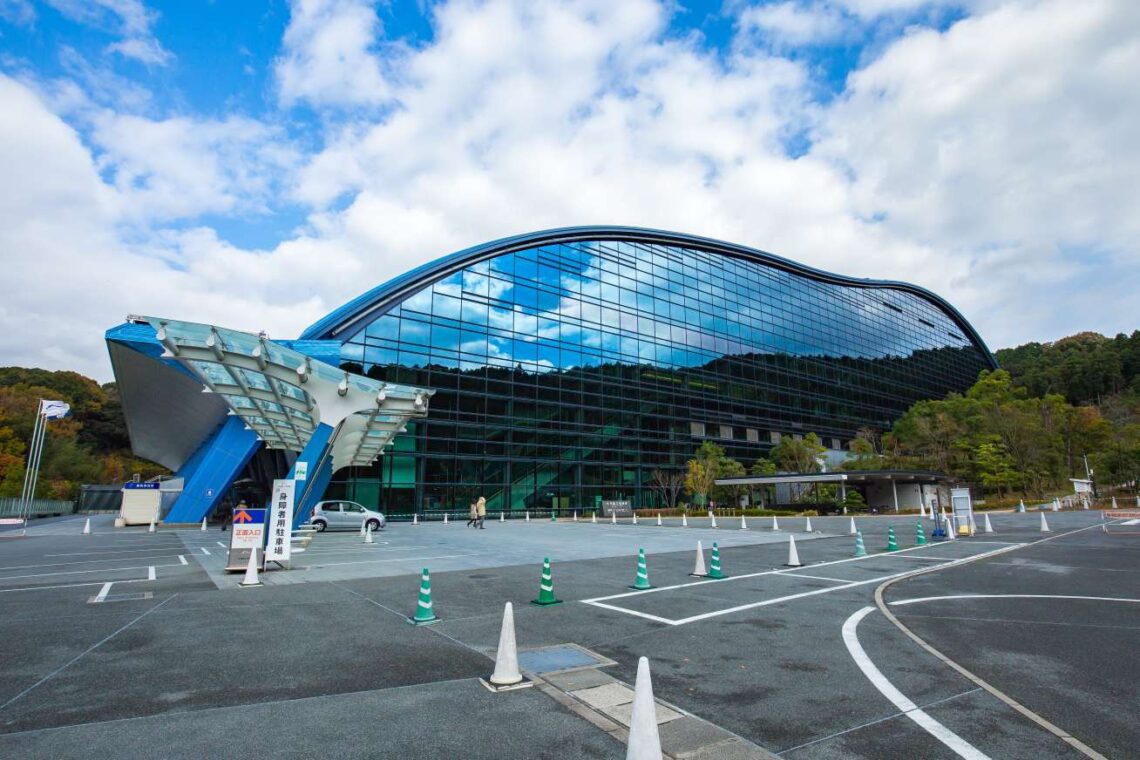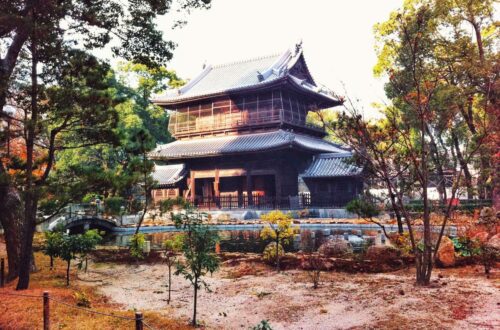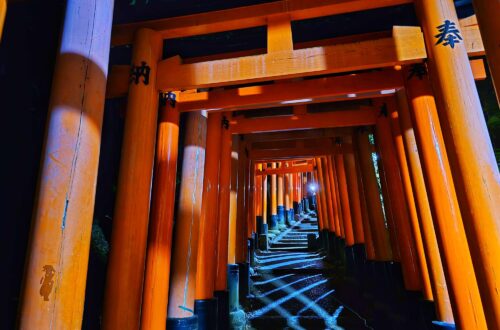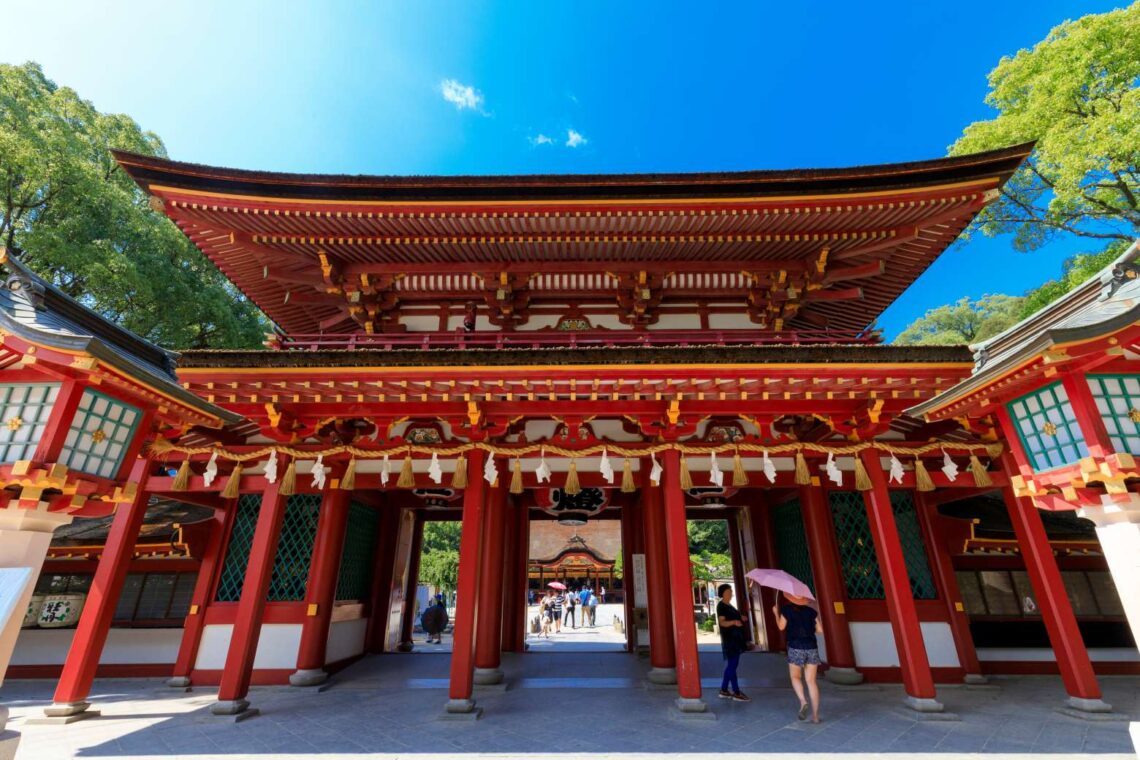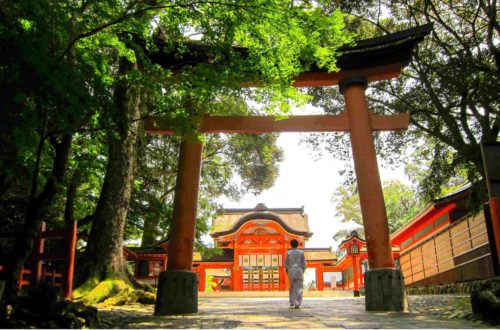For The History Lovers
-
Kifune Shrine – A Complete Guide to Kyoto’s Mystical Shrine
Amidst the lush forest and tranquil mountains of Kyoto (京都) lies the mystical Kifune Shrine (貴船神社) in the village of Kibune (貴船). Among all the shrines that are located within the mountains of Kyoto, Kifune Shrine is undisputedly the most famous of them all among the local community. Yet, it’s presence remains relatively low among international tourists. In this round, let’s explore the enchanting Kifune Shrine. Introducing Kifune Shrine The Legend Behind Its Founding Kifune Shrine is one of the oldest shrines in Japan; with the shrine records detailing its reconstruction around 1,300 years ago. This means that it is as old; if not older than the ancient capital Kyoto…
-
Ukimido – A Complete Guide to Lake Biwa’s Iconic Scenery
Ukimido (浮御堂) is recognised one of the Eight Great Views of Omi (近江八景; pronounced Oumi Hakkei) and is easily the poster boy of the group. Ask any local who stay around Lake Biwa (琵琶湖 or Biwa-ko) to recommend a photogenic spot around the lake and most likely their answer is Ukimido. Despite locating in the city of Otsu (大津) and its close proximity to Kyoto, this little temple is still relatively unknown among the tourist radar. This is a blessing in disguise however, as this makes it an ideal spot for those looking to enjoy a lake scenery in peaceful state of mind. Now what makes this little temple so…
-
Kurama to Kibune Hike – A Complete Day-Trip Guide from Kyoto
An enriching experience not to be missed is to visit the villages of Kurama (鞍馬) and Kibune (木船) up north of Kyoto; and part of the experience is the Kurama to Kibune hike itself. The hike itself connects Kurama (known for its temple with esoteric religious belief) and the picturesque Kibune which is famous for its shrine and high-end restaurants. Along the hike, one will go through the holy mountains of the area that gave birth to Reiki therapy (霊気), filled with towering cedar trees, little rustic shrines and a combination of dirt trails and paved paths. With that expectation in mind, let’s go deeper into this unique hiking experience.…
-
Kurama-dera Temple – The Ultimate Travel Guide
While my wife and I went on a day trip to escape the bustling Kyoto to Kurama (鞍馬), Kurama-dera Temple (鞍馬寺) turned out to be one of our favourite highlights in our Kyoto trip. In fact, climbing mountains was undeniably a nightmarish activity for my wife and we did not know what to expect out of Kurama Temple. To our surprise, Kurama-dera turned out to be a pleasant temple to visit. The remote natural beauty together with the lack of tourist crowds makes this one of our favourite temples to visit in Japan. Introducing Kurama-dera Location Kurama-dera is located up north of Kyoto at the base of Mt Kurama (鞍馬山).…
-
Kurama Dera Temple – Kyoto’s Captivating Mountain Temple
Amidst the numerous wooden and rustic temples in the ancient capital of Kyoto (京都); Kurama Dera Temple (鞍馬寺/Kurama-dera) stands out from the rest as a mountain temple. It is located up in the mountains of Kurama; a spot renowned among locals as a spiritual power spot and also home to the legendary tengus (天狗). So what about this temple that makes it a fascinating site to visit? Let’s explore the background behind this scenic temple. History of Kurama Dera Temple The history of Kurama mainly started from AD 770 when the monk from China Gancho (鑑禎). One night, the monk dreamt of a spot containing great source of spiritual energy…
-
Oharano Shrine – The Ultimate Guide to Kyoto’s Hidden Gem
It is no surprise that Kyoto (京都) is home to a plethora of temples and shrines, both large and small; including the highlight of today’s post, Oharano Shrine (大原野神社). Oharano Shrine is among the hundreds of shrines in Kyoto that is relatively hidden from the usual tourist radar. While it is rather secluded; it makes up for it with its captivating nature scenery as well as a rich history behind its founding (see my trivia post about this shrine). To find out what the shrine beholds, lets explore its beautiful in today’s post. Exploring Oharano Shrine Location Oharano Shrine is located at Nishikyō Ward (Nishikyō-ku/西京区); aka the Western Capital Ward.…
-
Oharano Shrine – Trivia Behind Kyoto’s Historical Hidden Gem
Tucked away within the western forest of Kyoto lies the little Oharano Shrine (大原野神社/Ōharano-jinja); a shrine that is totally out of the tourist radar for those visiting Kyoto (京都). Ask the hordes of tourist if they have heard of this shrine and chances are 99.99% the answer is a huge NO. Despite this, the shrine itself holds an important spot in Kyoto’s history for more than a thousand years. With that in mind, lets dwell into this background behind the founding of this shrine. History A Little Historical Background For the history of this shrine, we first introduce the main contributor to this shrine, Emperor Kanmu (桓武天皇). Emperor Kanmu (pictured…
-
Dazaifu – The Ultimate Guide to Japan’s Former Western Capital
Did you know the small city of Dazaifu (太宰府) was once shared the status as the capital of Japan together with the famed Kyoto (京都)? Located 15 kms southeast of Fukuoka (福岡), this city once served as the bridge that connects Japan and the outside world. In fact, the city traced its origin 1,300 years ago and was once a major cultural and political hub. Despite being a fraction of its former glory today, it remains a hidden yet significant travel spot simply for its historical value. Let’s explore what the once magnificent capital has to offer: What is the history behind this small city? Which attraction is not to…
-
Kyushu National Museum – A Complete Travel Guide
Did you know there are only 4 national museums in total in Japan; with the Kyushu National Museum (九州国立博物館) being the latest? The Kyushu National Museum is the latest addition to the list of monumental national museums in Japan; the other three are in Tokyo (東京), Kyoto (京都) and Nara (奈良). While the former three museums were constructed during the 1800s, this one has a distinction of being completed in the 21st century (2005 to be precise). Because of this, the opening of the museum is seen as an eventful occassion among locals. It is also currently the only national museum that is located in the small town of Dazaifu…
-
Dazaifu Tenmangu – A Complete Guide to Japan’s Poetic Shrine
Ask any local in Fukuoka (福岡) to name a shrine, and there is a high chance that Dazaifu Tenmangu will be the first in their mind. Dazaifu Tenmangu (pronounced Dazaifu Tenmangū/Dazaifu Tenmanguu/太宰府天満宮) is the largest shrine in the island of Kyushu’s (九州) and like every other shrine, is known for its stunningly beautiful architecture. Despite its famed reputation, it also holds a tragic past in regards to its founding. With that in mind, let’s explore the history and also what the complex has to offer: Read more about its deep history and tragic backstory here. Check out the town near the shrine entrance for these unique local attractions. Let’s explore…

